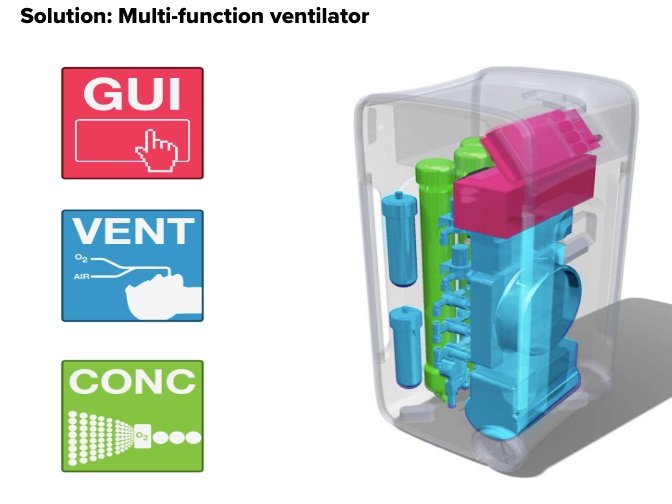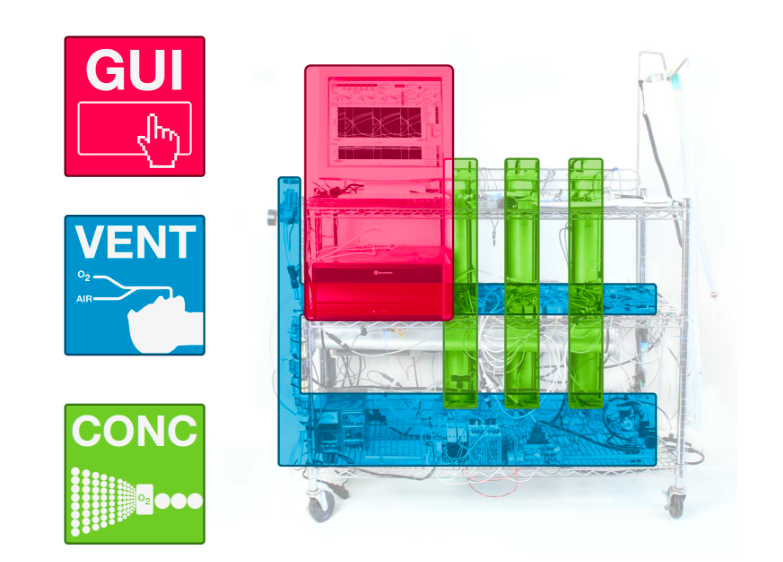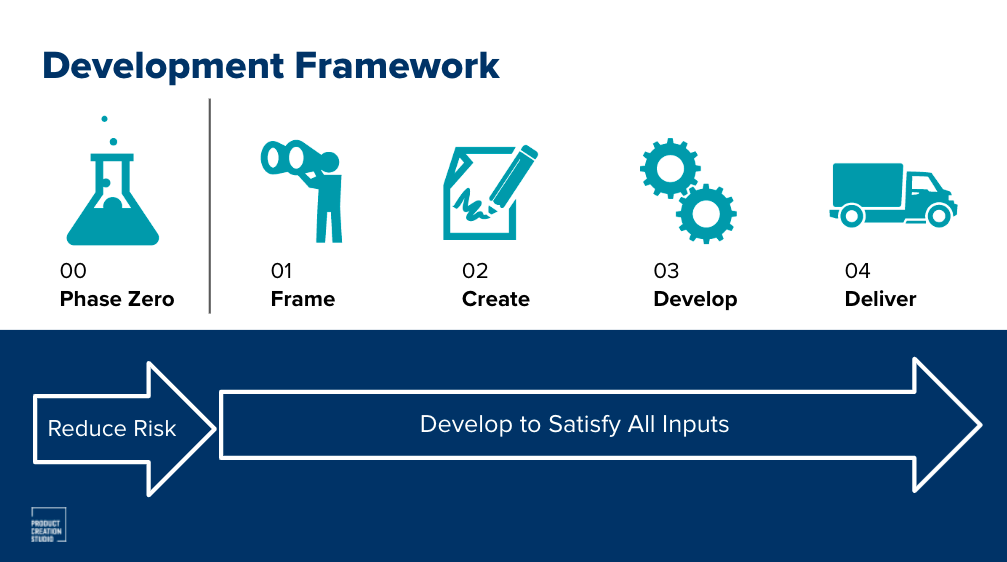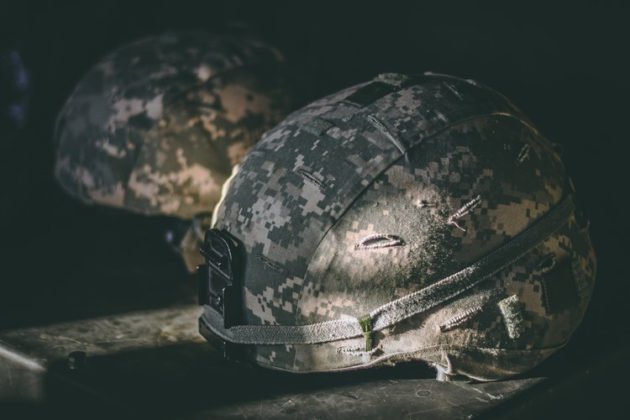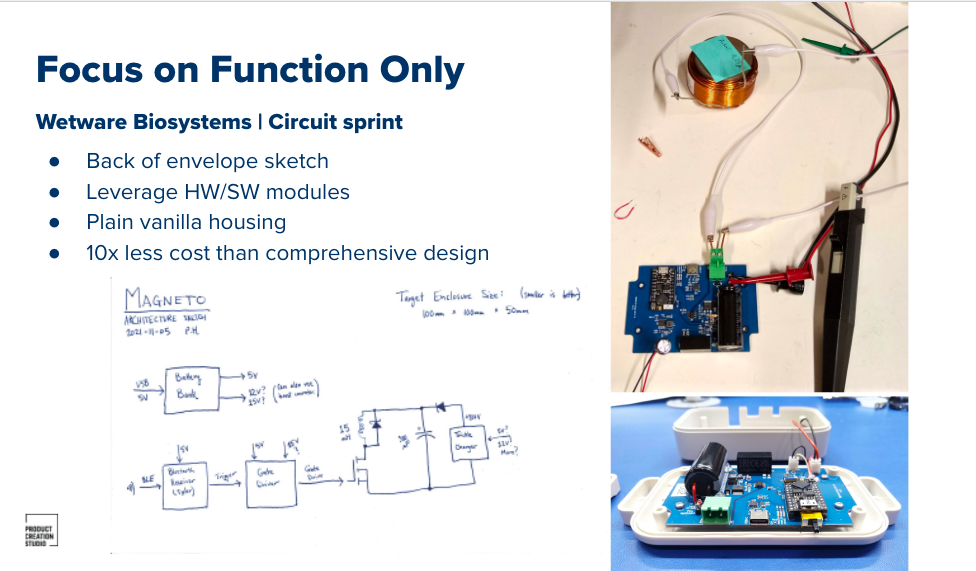Prototype Like Your Life Depends on It: How to De-risk Your Medical Device Projects with Targeted Prototypes
Prototypes can help you test your ideas, catch issues before they cost time and money, provide a framework for iteration, and mark progress. Getting it right is like money in the bank.
Is your medical device project poised for success?
Failure to Prototype: Here is What’s at Stake
Lives will be impacted by the medical device you are working on. Here is an example of a missed opportunity and lesson in failure.
In 2009, I was working on a respirator ventilator system. The pulmonologist who approached us for this project had identified the fact that if we had a massive outbreak of a SARs-type virus, we were bound to run out of ventilators and oxygen nationwide. If this happens, he predicted, a lot of people are going to be impacted in a very negative way. It was a pretty bleak picture.
I didn’t really believe this would happen in our time but fast forward eight years and well turns out he was right.
At the time, his solution was to produce a multi-function ventilator that could produce its own oxygen. All you would need is wall power to keep the patient alive.
This was a great project but because it was a startup, the company was constantly on the hunt for money and investors. Their current budget was stretched tight so we were tasked with creating a prototype that took on too much, too soon.
The First Prototype: Too Much, Too Soon
We were tasked with putting all the core functions into the device, meeting performance specs, and also shoving the inner workings into a form factor representative of the carry-on case we had in mind.
That was the hope for the first prototype, anyway.
And then reality hit.
The concentrator portion of the ventilator turned out to be a huge challenge. It was very difficult with a lot of details. This portion of the device alone needed several iterations and room to really spread it out so that we could work on it and test it. It was more of a research project to find what worked and what didn’t.
But because we had already squeezed the concentrator into the device form so early, it was difficult to reconfigure just that portion alone without having to re-do everything we had worked on to date.
This slowed our progress substantially and by the end of the sprint, we had a good-looking device with low-performance quality.
Why does this matter? Because the investors were looking for performance milestones. The prototype didn’t quite hit its marks and impacted the vision the pulmonologist and his team were trying to sell.
The Second Prototype: Redemption
Realizing that we took on too much too soon in the first round, we were able to adjust when it came to the second sprint.
For our second prototype, we spread out all the core functions on a large tiered cart, facilitated rapid research without worrying about form, and then re-configured diagnostics as needed to make really good progress.
The problem: too little, too late. The investors ran out of steam and the project eventually fell flat.
A Missed Market Opportunity
Not long after and across town, Ventech Life Systems succeeded in creating this same ventilator device. In 2020, they partnered with GM to mass-produce their critical care ventilators in response to the COVID-19 pandemic.
Know Where You Are in the Product Development Process
It’s important to know where you are in the product development process. Do we know all the inputs needed to start on the development path? If so, then you are ready for the true product development process to begin.
Or do you still have a lot of outstanding questions and information that need to be figured out? If so, you are not ready for true product development to begin and you’re likely in, what we call, Phase 0.
Phase 0 is a design strategy that helps medical device companies be more resource-efficient with innovative opportunities … before entering into product development.
Are you sure you’re ready for product development? Here’s a checklist.
If you’re actually in the product development phase, you will already have the following information:
Regulatory requirements
Marketing requirements
Intellectual Property (IP) aspects straightened out
Technical requirements
A loose idea of architecture
What the users want and what their needs are
Associated product/development risks
This information allows you to look comprehensively at all those inputs and create a structured process under design control so that you’re consistently making progress toward a product ready to go on the market as quickly as possible.
You can’t have an “almost final” product and then go “oh yeah, we needed our firmware to be ISO-62304 compliant and we didn’t do that.” That’s going to cause backtracking, missed deadlines, and more budget.
If you have all these inputs already then your prototypes will be somewhat recognizable to what the final product will look like. But if not, then you are actually in Phase 0 (still researching and testing) and your prototypes will potentially look quite different from what the final product could be.
Focused Progress is the Goal of Phase Zero Prototypes
In Phase 0, the goal is to focus on the pieces of the product individually and make them work as best they can as individual components. Why? Because there are still specific risk elements that need to be figured out and accounted for. Risk elements in several areas that you’re attempting to tackle simultaneously will backfire.
Do not skip this step!
Our first sprint with the ventilator in the example above is proof of the true cost of missed opportunities from un-focused prototypes. That product development project should have been a Phase 0 project, we were just a step too early.
Focus on solving each risk element on its own. Do it as lean as possible, or else you’re taking on too much with too little contextual information. This step allows your engineers to be targeted.
For example, if you have risk in your electrical system then focus just on the electrical system. Figure out what it needs to do without worrying about all the other competing components and packaging requirements.
Example of Prototype Success: WetWare Biosystems’ Transcranial Magnetic Stimulation
WetWare Biosystems – contracted with the U.S. Government – is working on a device that will apply a transcranial magnetic stimulation in an effort to counteract the effects of traumatic brain injury.
For example, if a soldier sustains an explosive event, scientific studies have shown that if we apply magnetic pulses to the area of injury within a short period of time, it increases the chances of a positive outcome for the patient.
The WetWare Biosystems team knew there was science to back this form of treatment, but their challenge was to prove to the Department of Defense (DOD) that this technology could fit into a helmet, survive an explosion, and still administer the magnetic stimulation needed to treat the injury. In other words, they had to demonstrate integration feasibility.
To get this project going, the first step was to build a helmet that represented all the key product points:
Automatic event detection
Magnetic drive circuit
Magnetic coil
… and then prove they can “do their thing” in a simulated explosive event.
WetWare Biosystems’ worked with our electrical engineering team to create a semi-portable, battery-powered magnetic drive circuit that could be placed in a helmet. We had to create a miniaturized version of a magnetic coil rather than using it “as is”, which is essentially a giant power brick.
The First Prototype was Focused on the Core Function
With a large task and a lean budget, we focused solely on the core function of generating a pulse from the magnetic coil without worrying about the project’s comprehensive risks and features.
If we had developed the pulse with the comprehensive plan in mind, it probably would’ve taken us 10x the budget that we had to work with.
Lean and scrappy was the goal to get us to the next milestone.
At the end of our sprint, the prototype proved to be a success. The technology survived in blast simulations at Ft. Detrick testing facilities which allowed the WetWare team to hit their milestone:
Bluetooth signals were functional
EM pulse output was functional
The prototype survived 100% for blast pressure up to 27 psi
This focused prototype success served as the basis for the WetWare Biosystems team to receive follow-up funding.
Prototype Like Your Life Depends on It
So, does your life really depend on your prototype? Maybe not.
However, getting your life science or medical innovation to market is where it has the ability to impact lives. After all, that’s why you started building it, right? Determine where you are in the product development process to enable you to make the right decisions at the right time.
At Product Creation Studio, we support life science and medical device innovators, from budding entrepreneurs to Fortune 500 companies. We have applied our Quality Management System (certified ISO-13485:2016) to numerous projects over the years:
Interventional tools (surgical, minimally invasive, miniaturization)
Drug delivery (vaccine delivery, diagnostics, specimen collection)
If you need support in UX, engineering, or strategic prototyping, please contact us. We're here to help!
*This content was originally presented by Scott Thielman at MD&M West in 2022.



